Disclosure: We may get commissions for purchases made through links in this post.
One of the major problems in having pavers in your hardscapes is when one gets loose. Not only does it make your hardscape an eyesore, but it also poses the danger of tripping in case it is used as a walkway. Now you may ask, how do you fix loose pavers? What measures should you take to make your pavers intact? We've gathered some useful information to assist you with this matter.
To fix loose pavers on even surfaces, just follow this simple and easy guide:
- Remove loose pavers.
- Recompact the base.
- Screed bedding sand.
- Put back loose pavers in place.
- Apply joint sand.
- Clean away the remaining sand and seal pavers.
You might be wondering, why do pavers get loose? Continue reading for a more detailed explanation of what causes pavers to get loose and how to fix them.
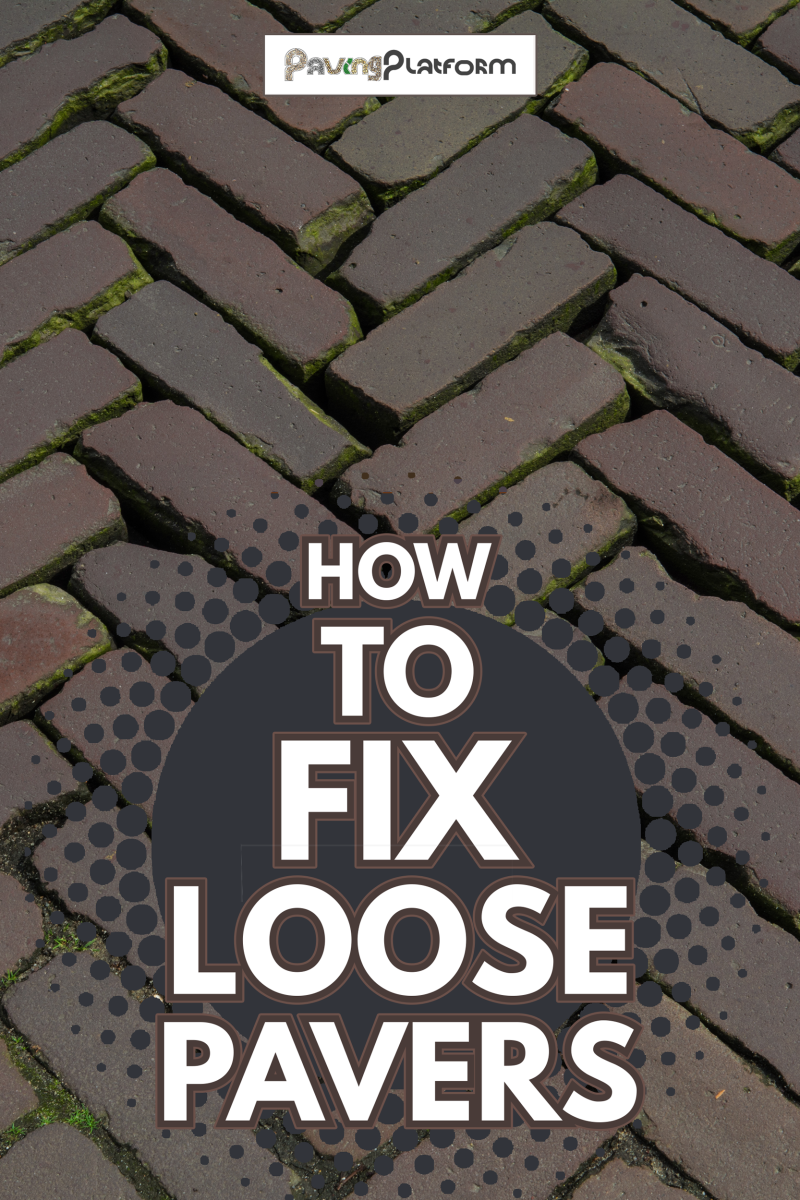
What Causes Pavers to Come Loose?
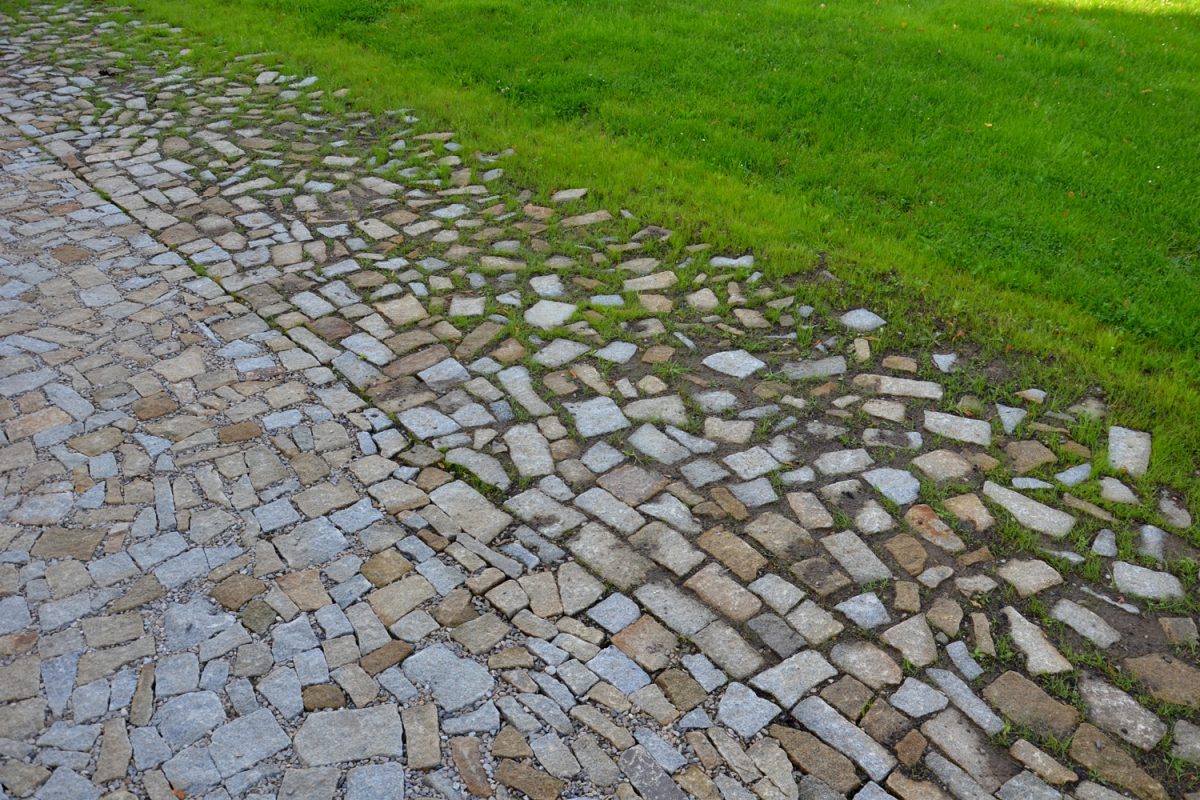
There are a variety of reasons why this could occur. However, most loose pavers, although not all, come from DIY projects. Below are some possible reasons why pavers come loose:
- Poor Compaction
- Incorrect Spacing
- No Edging
- Sprinkler Leaks/Improper Grading
- Mole Tunneling, Roots, & Other Natural Disturbances
- Not Applying A Filler Sand
How Does Poor Compaction Affect Pavers?
If the base compaction was not properly done, it can undulate and cause pavers to become loose.
Pavers must be laid on a highly compact and sturdy sand base in order to be even and firm. Typically, a mechanical compactor is used to achieve the desired level of compaction.
Why Is Proper Paver Spacing Important?
All of the pavers must be uniformly separated from one another. This isn't just for looks; it also ensures that there isn't any extra space between pavers, making the entire layout sturdier and more steady. Improper spacing can generate gaps between pavers, causing them to loosen along the way.
You can use a spacer, a device that helps with the right spacing between pavers, during the laying of your pavers. Most types of pavers already have one built-in spacer. Those that don't, however, will require the use of a spacer, which must be purchased separately.
Click here for this spacer on Amazon.
Are Paver Edgings Necessary?
The edges of your paver project are also very significant. Even if your patio is properly fixed in the center, if the edges are not, your paver will loosen. There is a variety of edging types you can apply to your patio.
Why Are Grading And Drainage Essential For Pavers?
Drainage is important to keep your paver system from loosening since standing water is bad for it. If your patio does not have the right slope to allow water to flow freely and prevent pools, your pavers will absorb moisture and become damaged.
Any leaks beneath the paver system will result in undulations and loose pavers, so check for leaks before starting the installation.
What Other Factors Affect Paver Undulations?
Many factors can cause problems on a paver installation, causing the paving stones to loosen. Base movements due to freeze/thaw cycles beneath the paver installation, as well as moles tunneling beneath the paver installation, can both cause undulations and loosen the pavers.
After the pavers have been installed and swept, you must apply sand to the patio's surface and sweep it into all of the spaces between stones. If you omit this step, your pavers may become loose over time.
Why The Need To Fix Loose Pavers?
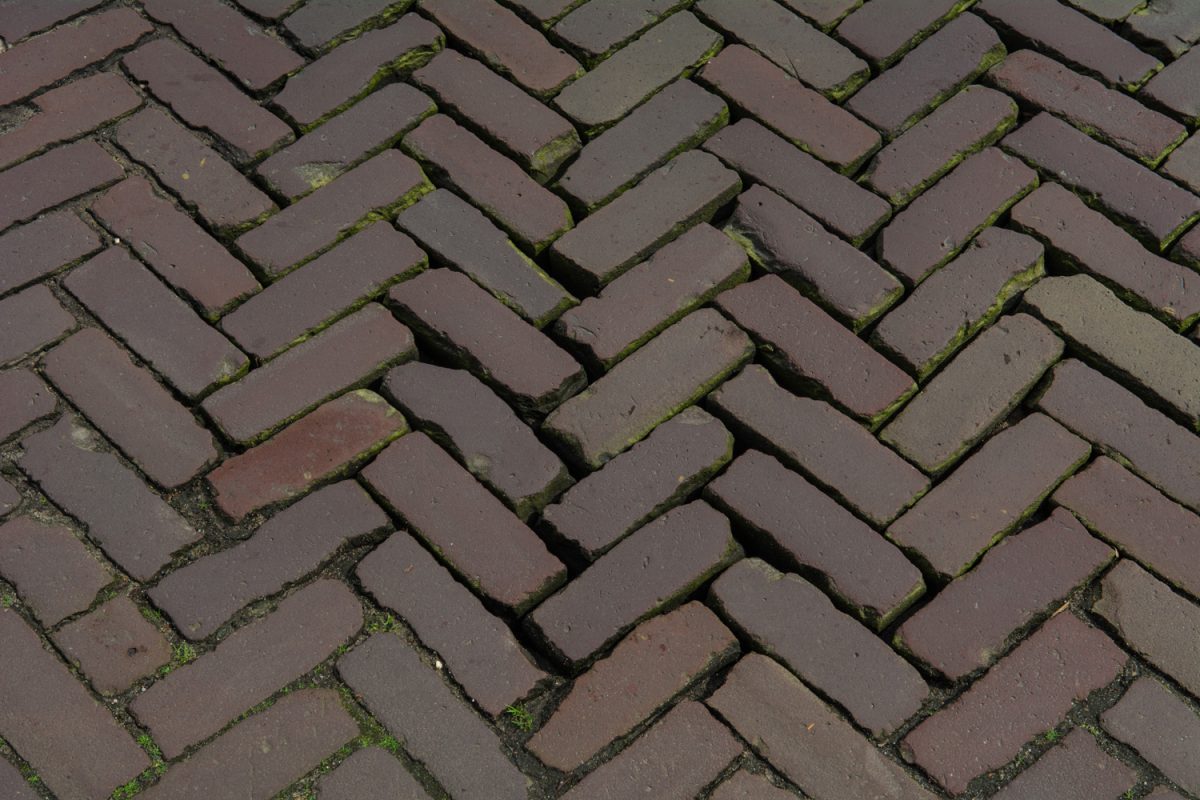
An accident is the last thing any of us wants to happen. You simply cannot afford to have loose pavers in hardscapes like steps, walkways, and sloped surfaces, where they could cause an accident if not anchored properly.
How To Fix Loose Pavers On Even Surfaces?
Here are some basic procedures to follow if you have loose pavers and want to try to mend them yourself.
Remove Pavers & Prepare Bedding
At first, remove the loose pavers one by one. You can use a flat-head screwdriver or any other narrow tool to help you with this process.
Next, recompact the base to ensure the foundation is solid. The base must be compacted in two-inch lifts.
Then, using your hand, level each hole left by the removed pavers with approximately one cup of sand. However, the amount of sand still depends on the level and size of your pavers.
Screed Bedding & Position Pavers
After screeding the bedding sand, replace the paver and rock it back and forth once the sand has been correctly leveled. You must ensure that each paver fits snugly against each other, with only the spacer's width separating them.
Then, using a rubber mallet, gently tap the paver into position, and a level can be used to ensure that it is level with the surrounding pavers. Repeat the technique if the pavers are still loose.
Fill Paver Joints
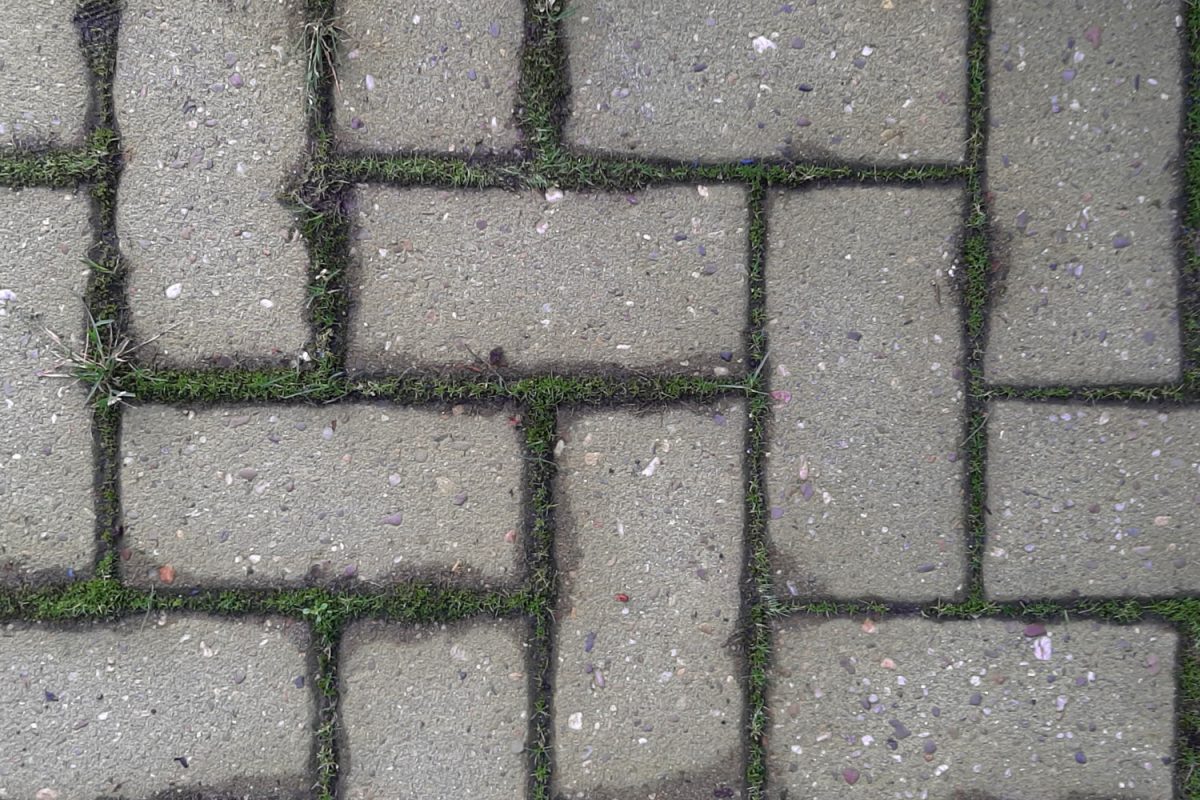
Pour joint sand over your pavers after they've been reinstalled, and then sweep the sand into the crevices between them with a broom. This will assist hold the pavers in place by locking them in place.
Finally, after joints are filled, sweep away excess sand and apply sealers to ensure that your pavers will last long.
How To Fix Pavers That Are Laid In Mortar?
You may wonder, what about those pavers that were laid in a bed of mortar? Fixing them can be complicated, however, you can still do them. Here is a simple guide to follow:
To begin, chip away any old mortar from the aggregate base with a hammer and chisel. Remember, be careful not to damage the base.
The next step is to create a few cautious shallow cuts on the base aggregate and the paver's ground-facing face using an angle grinder. This is to secure that the new mortar will stick well to the paver and the base.
Lastly, you'll need to apply new mortar and re-install the pavers, making sure they're on the same level as the ones around them and correctly spaced.
How To Maintain Pavers To Avoid Getting Loose?
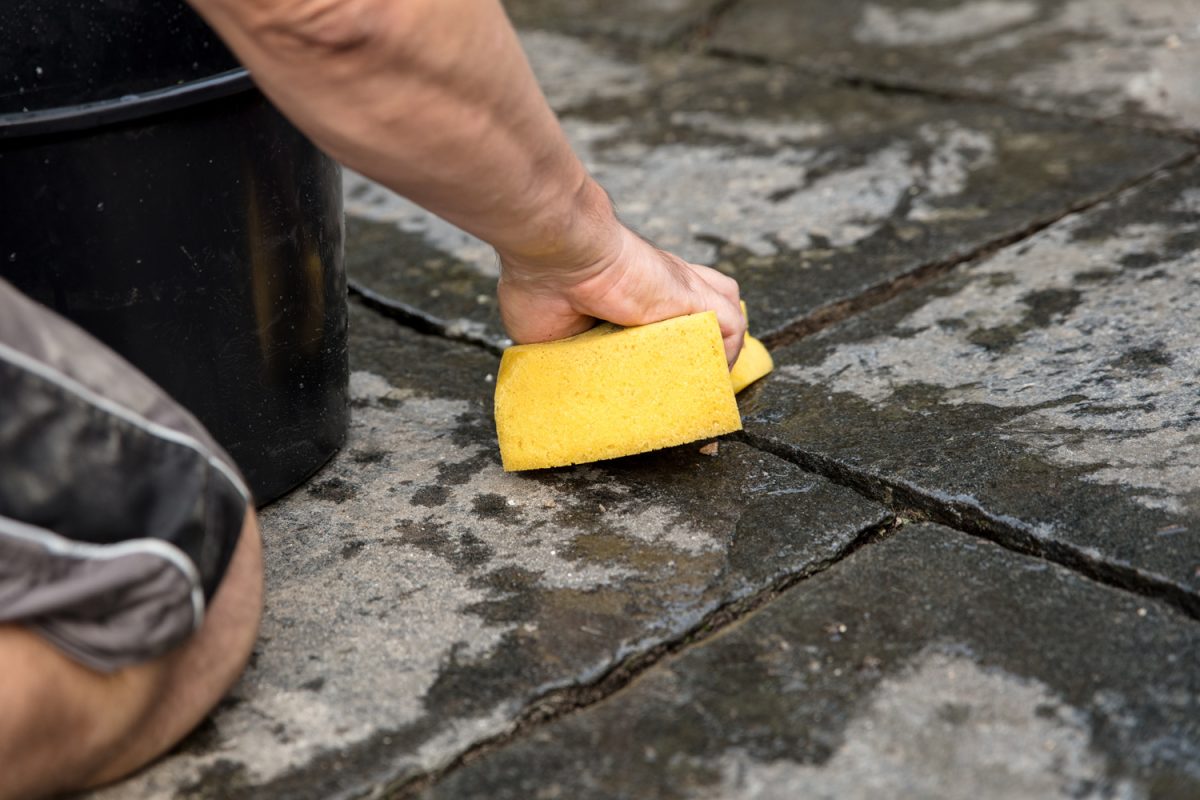
Fixing loose pavers does not end by just placing the pavers snugly back in place. Maintaining them is also part of the job. They say, prevention is better than a cure and it is also true in pavers.
But what do you need to do after securing the pavers in place? Here are some tips to ensure that your pavers will last longer and not get loose over time:
- Regularly inspect your pavers not only for cracks and chipping but also for their looseness. If observed, immediately replace the, to avoid any accidents.
- Once a year, check the sand filler in between your pavers. Check to see if it's nearly level with the pavers themselves. If not, add more sand. Sand filler is required to hold pavers in place and prevent them from shifting.
- Sealing your pavers will not only keep your pavers from looking new but also prevents water from entering the joints, keeping your fillers from getting eroded. So if the fillers are in place, the chance of your pavers getting loose is very slim.
You can read an article on this page that might help you on how to keep sand from washing away from your pavers.
In Closing
Safety is essential, especially in our homes. And having loose pavers compromises it. Fixing them seems to be an easy task. However, asking for help from professional installers is still the best way to go if you are not so sure of what to do to fix loose pavers.
For more information paver joint sands, you can check these articles:
Types Of Paver Joint Sand [Considering The Pros & Cons Of Each]


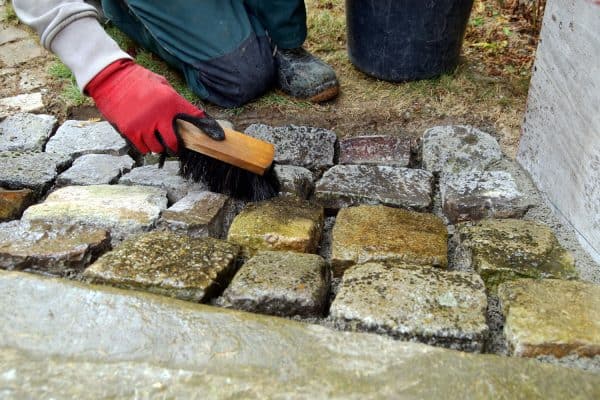
![Blue stone pavers on the garden patio, How To Clean Bluestone Pavers [Care & Maintenance Tips]](https://pavingplatform.com/wp-content/uploads/2022/03/Blue-stone-pavers-on-the-garden-patio-600x400.jpg)
![washing services - block paving cleaning with high pressure washer - Can You Pressure Wash Travertine Pavers? [Best Cleaning Methods]](https://pavingplatform.com/wp-content/uploads/2022/03/washing-services-block-paving-cleaning-with-high-pressure-washer-600x400.jpg)